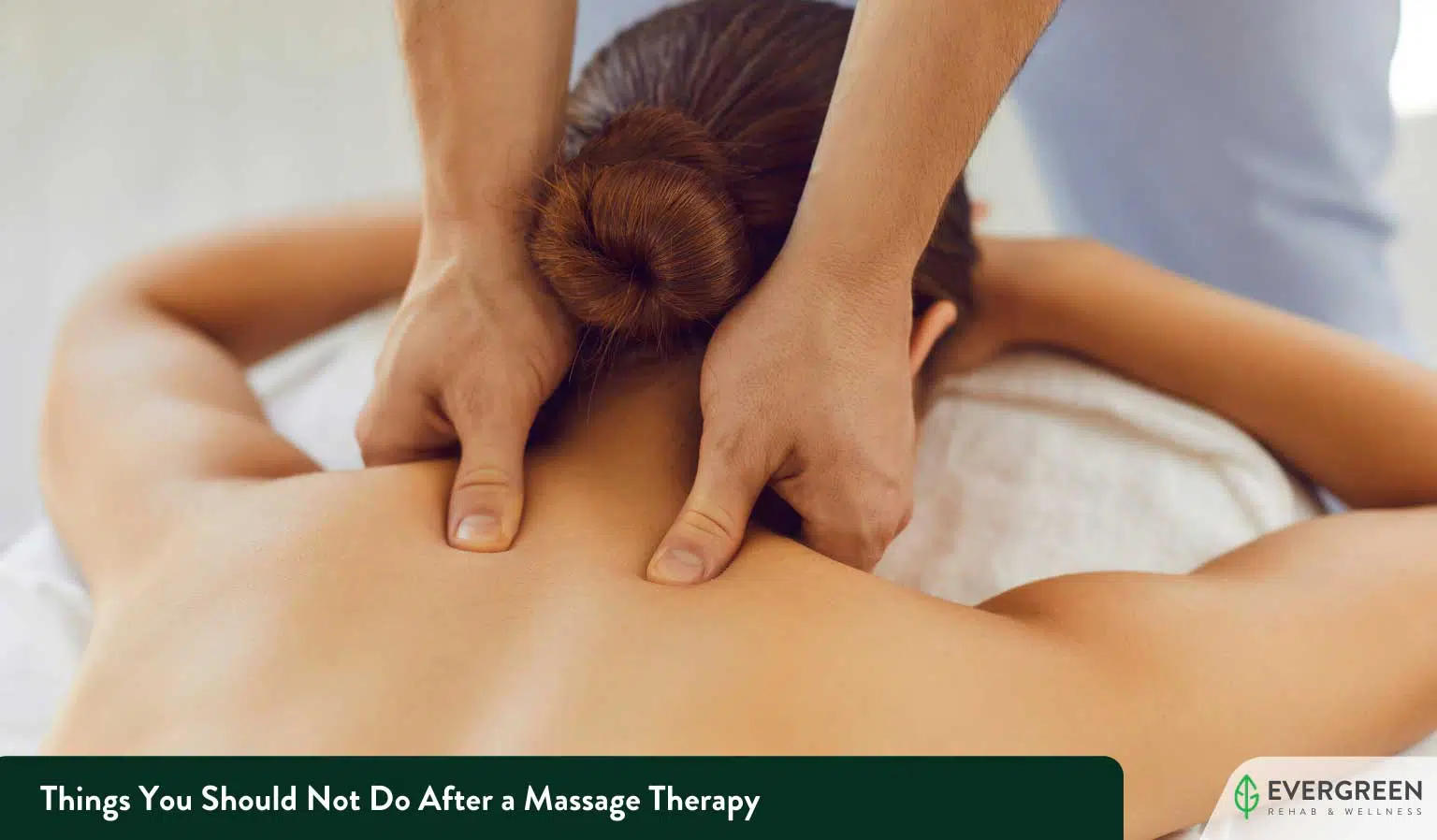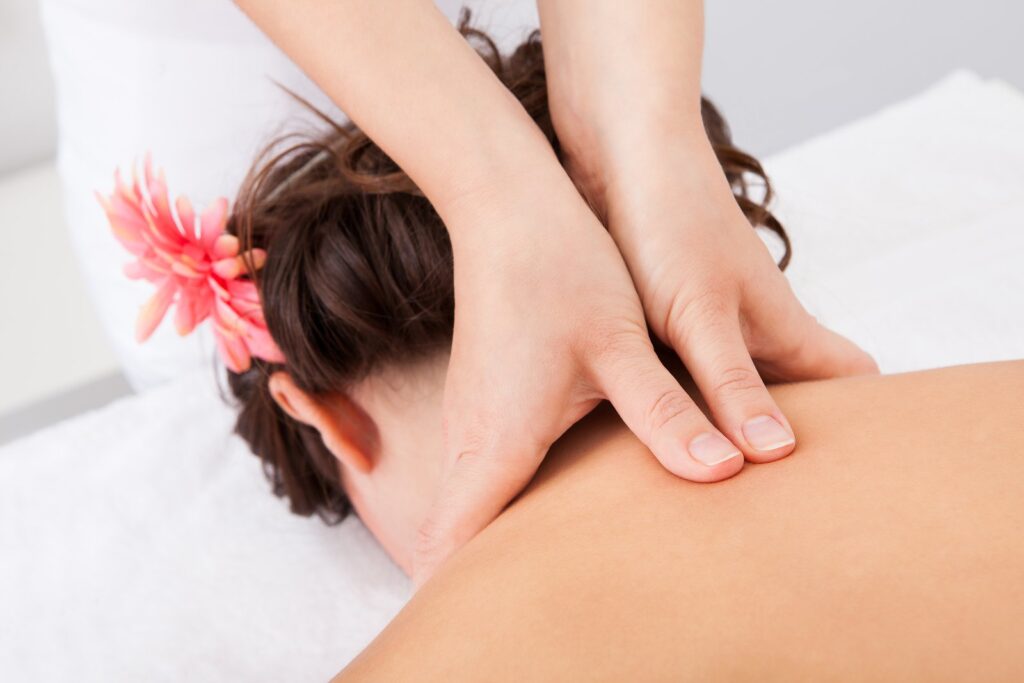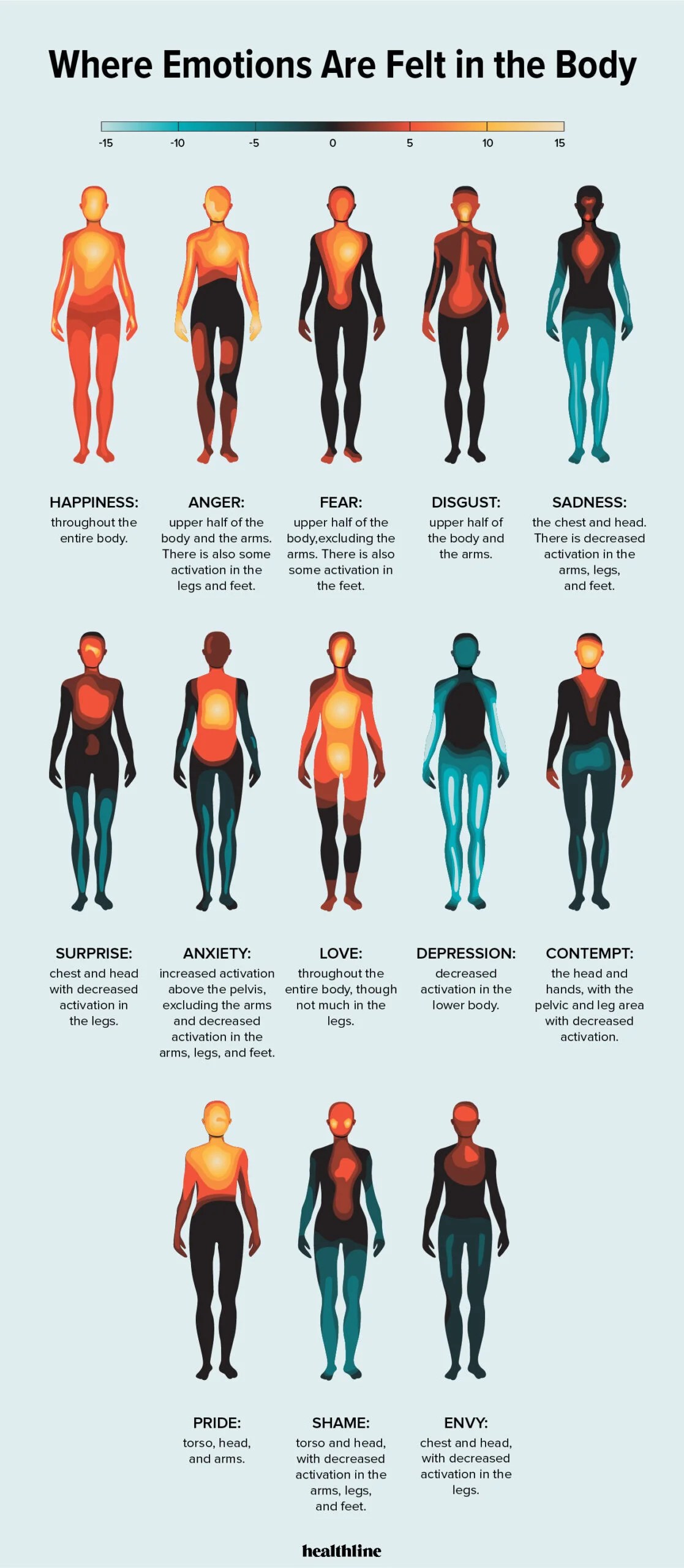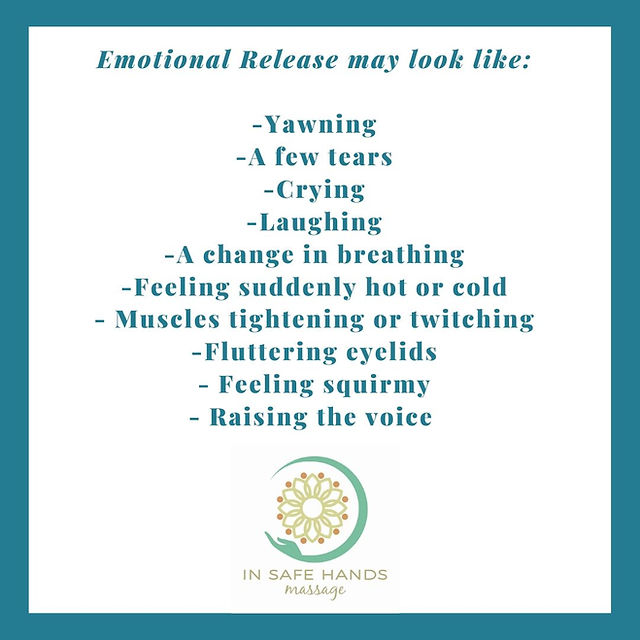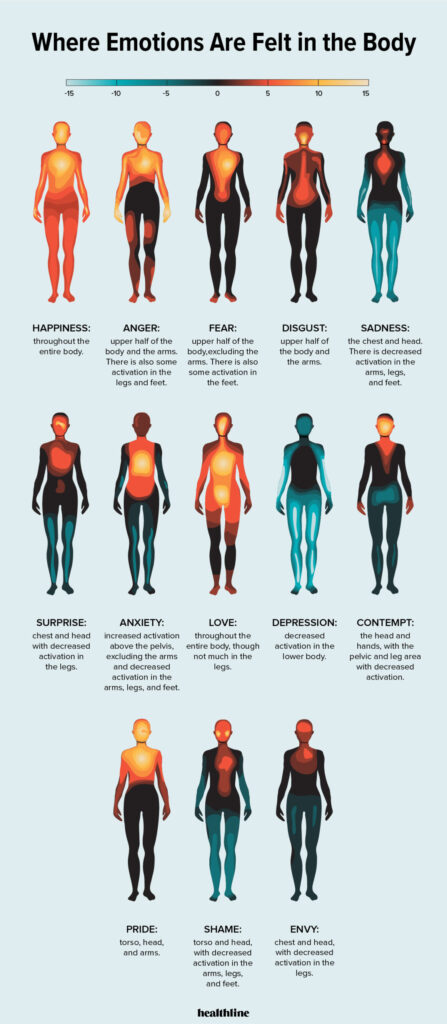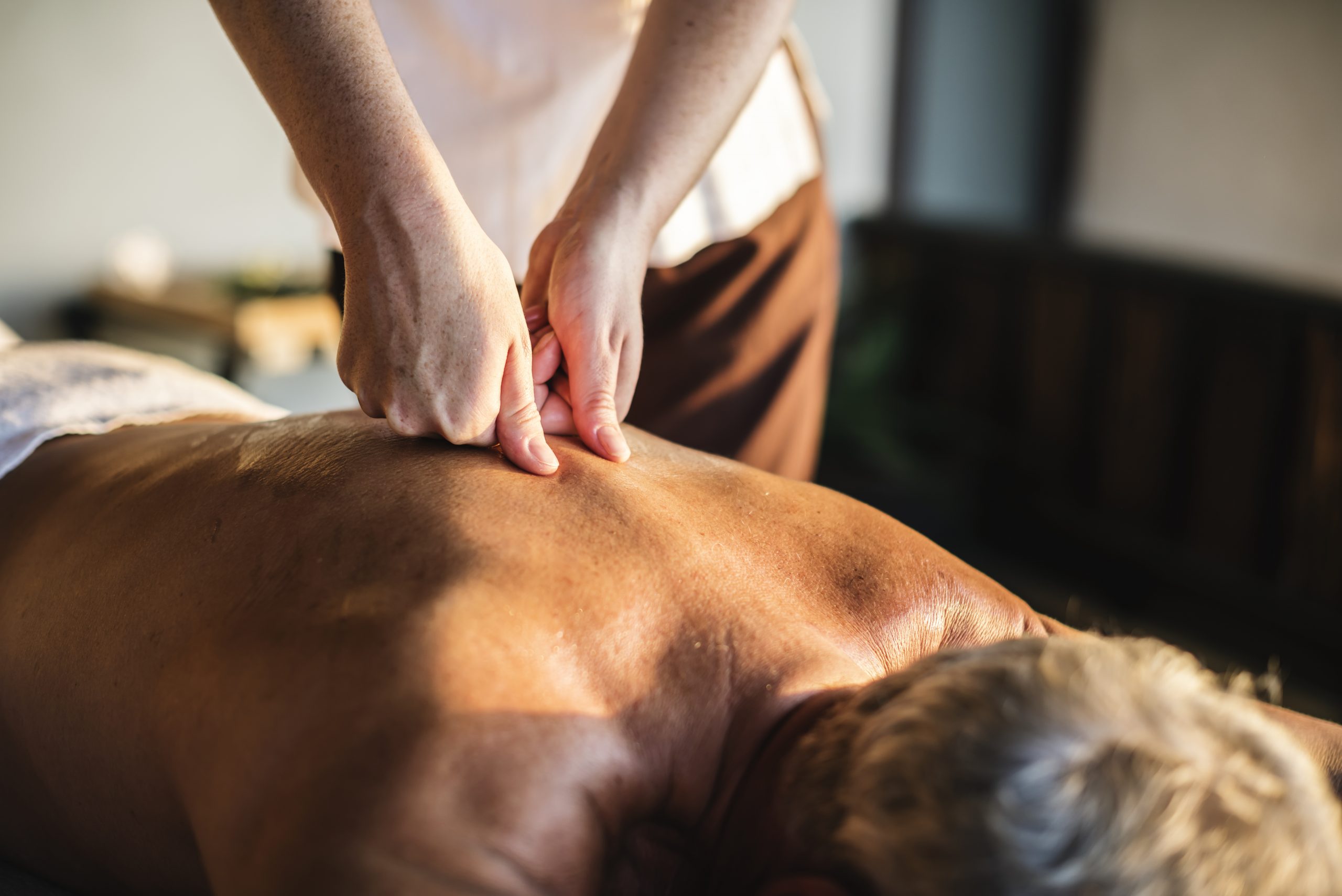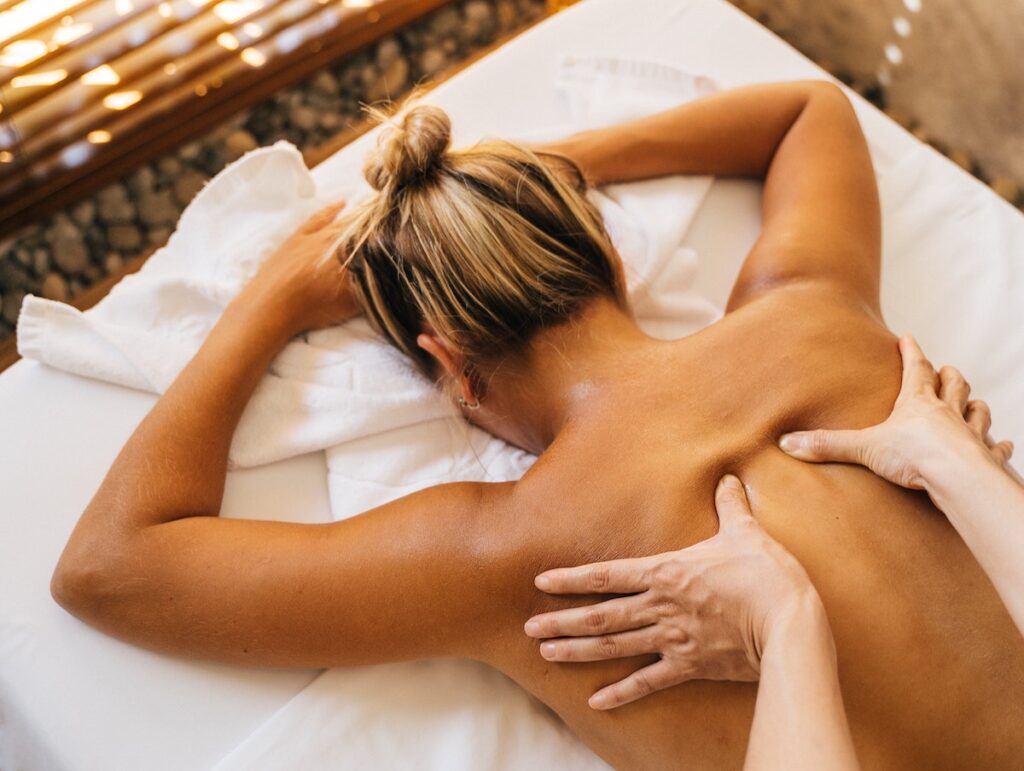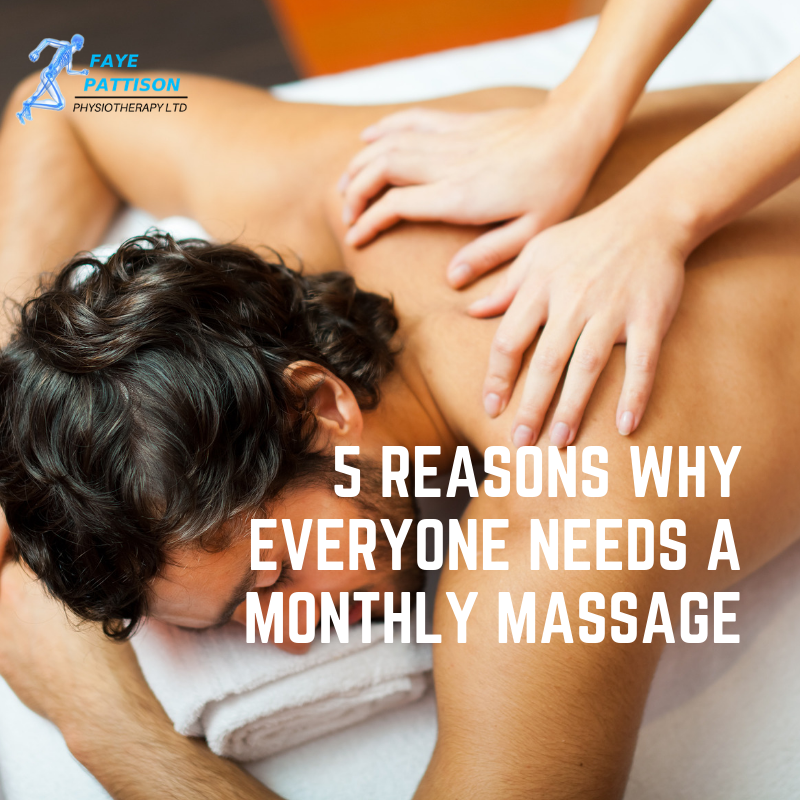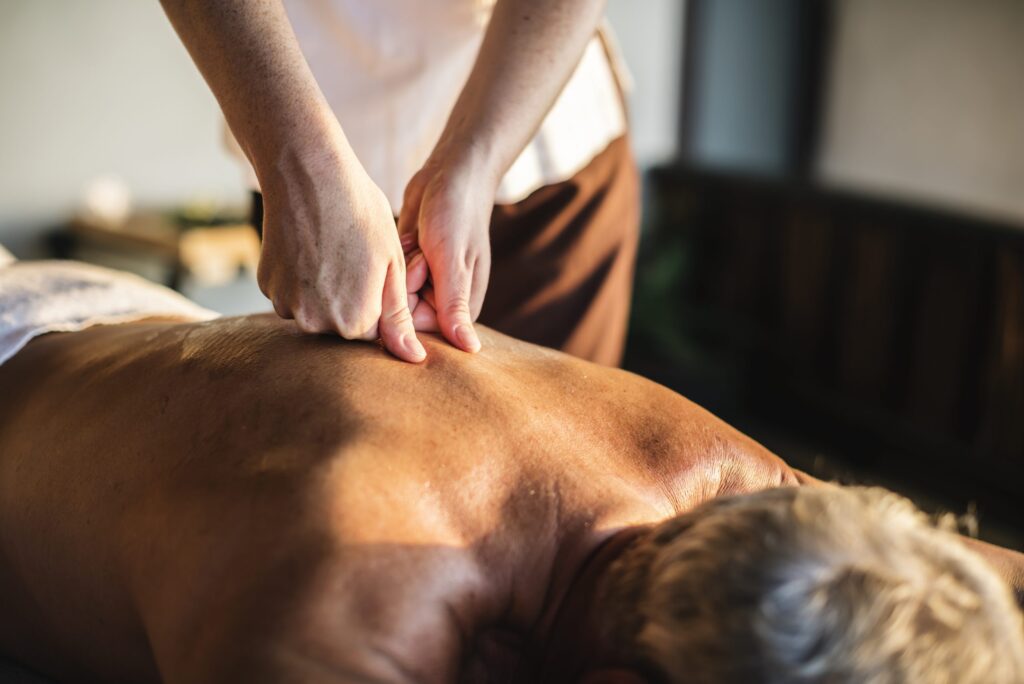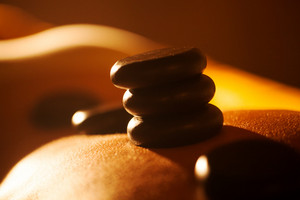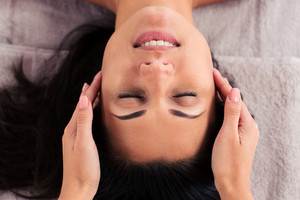In this article, we will explore the benefits and effects of a full body massage. You will learn how it can alleviate muscle tension, promote relaxation, and improve circulation. We will also discuss the various techniques used during a full body massage, such as Swedish, deep tissue, and hot stone massage. By the end of this article, you will have a better understanding of the therapeutic benefits and overall experience of a full body massage.
What Happens When You Do Full Body Massage?
Welcome to our blog, where we share insights and tips about the world of full body massage. Whether you are a massage therapist or a massage enthusiast, we are here to provide you with valuable information on the benefits, techniques, preparation, and aftercare of full body massage. In this article, we will delve into what happens when you undergo a full body massage, exploring the physical and mental effects, as well as the precautions and aftercare necessary for a truly rejuvenating experience.
Benefits of Full Body Massage
One of the primary reasons individuals seek a full body massage is for relaxation of muscles. As the long, sweeping strokes of the massage therapist’s hands work their magic, your muscles begin to unwind, releasing tension and tightness that may have built up over time. This relaxation not only feels incredible but also promotes better blood circulation. Improved blood flow helps deliver oxygen and nutrients to the muscles, aiding in their recovery and reducing any soreness or stiffness you may be experiencing.
Another benefit of full body massage is its ability to enhance flexibility. Tight muscles often restrict your range of motion and can lead to discomfort while performing daily activities or engaging in sports. The gentle stretching and manipulation of your muscles during a full body massage help to loosen them, allowing for increased flexibility and improved mobility.
Massage therapy is well-known for its stress-relieving effects, and a full body massage is no exception. The serene environment, soothing music, and expert touch all work together to create a peaceful atmosphere, providing a much-needed break from the hustle and bustle of daily life. As the tension in your muscles melts away, so does the stress and anxiety you may have been carrying with you.
A surprising benefit of full body massage is its positive impact on the immune system. Regular massage therapy has been shown to boost the production of white blood cells, which play a crucial role in defending the body against infections and diseases. By stimulating the lymphatic system, full body massage helps to remove toxins from the body and promotes the effective functioning of the immune system.
Another advantage of full body massage is its ability to promote better sleep. The relaxation induced by massage therapy has been proven to have a positive effect on sleep patterns, making it easier for individuals to fall asleep and stay asleep throughout the night. By reducing stress, anxiety, and physical discomfort, full body massage sets the stage for a restful night’s sleep, allowing you to wake up feeling refreshed and rejuvenated.
For those suffering from various forms of pain, full body massage can provide much-needed relief. The skilled touch of a massage therapist can alleviate pain caused by musculoskeletal conditions, sports injuries, or chronic pain conditions. By releasing tension in the muscles and increasing blood flow to the affected areas, full body massage can significantly reduce pain and provide a natural alternative to medication.
Headaches can be debilitating, affecting your productivity and overall well-being. Fortunately, full body massage has been found to be effective in relieving the pain and discomfort associated with headaches. By targeting specific pressure points on the head, neck, and shoulders, massage therapy helps to alleviate muscle tension and promote relaxation, leading to a reduction in headache intensity and frequency.
Techniques Used in Full Body Massage
There are various techniques used in full body massage, each with its own unique benefits and characteristics. Let’s explore some of the most popular techniques:
Swedish Massage
Swedish massage is perhaps the most well-known and widely practiced form of massage therapy. Its primary goal is relaxation and stress reduction, achieved through long, flowing strokes, kneading, and circular motions. Swedish massage is known for its ability to improve blood circulation, increase oxygen flow to the muscles, and promote mental and physical relaxation.
Deep Tissue Massage
Deep tissue massage focuses on targeting the deeper layers of muscles and connective tissues. This technique uses more intense pressure to release chronic muscle tension and knots, making it ideal for individuals who prefer a firmer touch or those with chronic pain conditions. Deep tissue massage can also help improve range of motion and break down scar tissue.
Thai Massage
Thai massage is a unique technique that combines acupressure, stretching, and yoga-like movements. Practiced fully clothed on a mat, Thai massage involves deep stretching and compression techniques that help relieve muscle tension and improve flexibility. This energizing and invigorating massage can leave you feeling both relaxed and revitalized.
Hot Stone Massage
Hot stone massage incorporates heated stones placed on specific areas of the body. The warmth from the stones helps to relax muscles and increase circulation. The massage therapist may also use the stones to perform gentle massage strokes, providing a deeply soothing experience. Hot stone massage is particularly beneficial for individuals with muscle tension, stress, and poor circulation.
Aromatherapy Massage
Aromatherapy massage combines the relaxing benefits of massage therapy with the healing properties of essential oils. Depending on your needs, the massage therapist will select essential oils that promote relaxation, stress relief, or even pain relief. The aroma of the oils, combined with the gentle strokes of the massage, creates a truly indulgent experience for the senses.
Preparation for Full Body Massage
Before booking a full body massage, there are a few important considerations to keep in mind to ensure a positive experience:
Selecting a Massage Therapist
Choosing a skilled and experienced massage therapist is crucial for a successful full body massage. Look for licensed professionals who have received proper training and certification. Reading reviews or seeking recommendations from friends and family can also help you find a reputable therapist who will cater to your specific needs.
Choosing the Right Environment
The environment in which your full body massage takes place plays a significant role in your overall experience. Select a spa or wellness center that offers a clean, calm, and peaceful atmosphere. The lighting, music, and aroma should all contribute to your relaxation and comfort. If you prefer a more personalized experience, some therapists offer mobile services, allowing you to have a full body massage in the comfort of your own home.
Communicating Your Needs and Expectations
Communication is key to a successful full body massage. Before the session begins, discuss any particular areas of concern or discomfort with your massage therapist. They can then tailor the massage to address those specific needs. Providing feedback during the massage is also essential, as it allows the therapist to adjust their techniques to ensure your comfort and satisfaction.
What to Expect During a Full Body Massage
Once you have selected a qualified massage therapist and prepared for your session, it’s important to know what to expect during a full body massage. Understanding the process will help you fully enjoy and benefit from the experience.
Discussing Health History
Before the massage begins, your therapist will likely ask about your health history, including any medical conditions, injuries, or allergies you may have. It’s essential to provide accurate and up-to-date information to ensure your safety and well-being during the massage.
Undressing and Covering
Many individuals wonder about the appropriate level of clothing during a full body massage. Typically, clients undress to their level of comfort. Most massage therapists provide privacy while you disrobe and provide a sheet or towel to cover yourself. Only the area being worked on is exposed, ensuring your privacy and maintaining professionalism.
Choice of Massage Oil or Lotion
Massage therapists often use oils or lotions to facilitate smoother movements and prevent friction during the massage. Before your session, your therapist will ask about any allergies or preferences you may have for scented or unscented oils. If you have any concerns, be sure to communicate them beforehand.
Adjusting Pressure and Techniques
During the massage, your therapist will adjust the pressure and techniques based on your feedback. It’s important to communicate any discomfort, pain, or desire for more or less pressure. Remember, the massage is meant to be a relaxing and enjoyable experience, so speaking up ensures you get the most out of it.
Time Allocation for Different Body Parts
A full body massage typically includes attention to all major muscle groups. Your massage therapist will spend time working on each area, including the back, neck, shoulders, arms, legs, hands, and feet. However, if you have specific areas of concern or discomfort, such as tight shoulders or a headache, your therapist can focus more attention on those areas to provide relief.
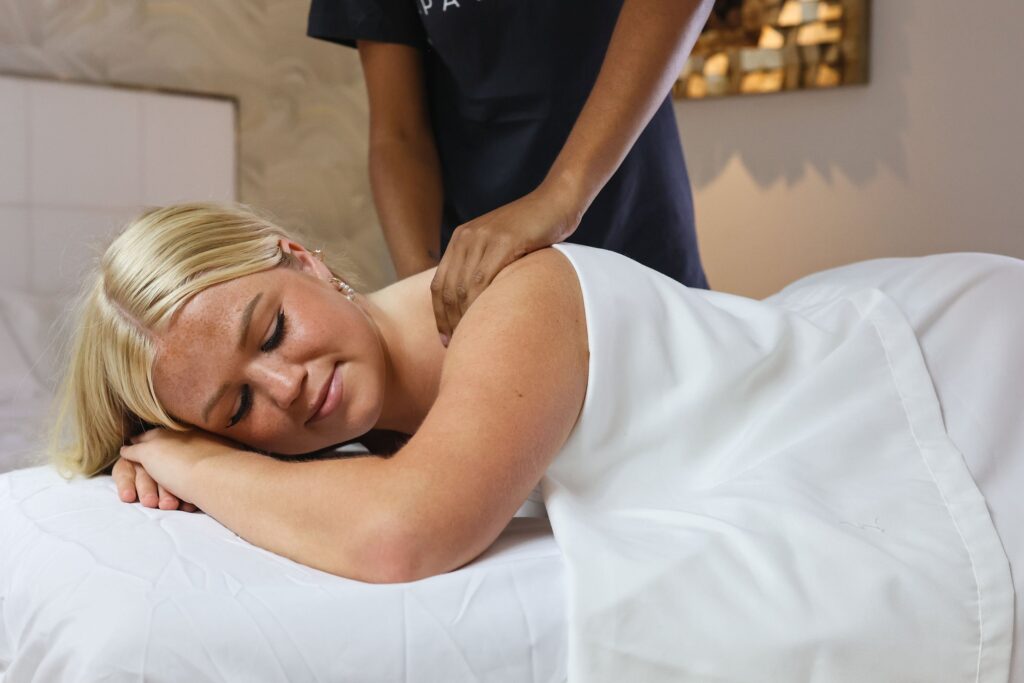
This image is property of images.squarespace-cdn.com.
Potential Side Effects and Precautions of Full Body Massage
While full body massage offers numerous benefits, it’s essential to be aware of potential side effects and precautions to ensure a safe and enjoyable experience.
Allergic Reactions
Some individuals may be allergic to certain massage oils or lotions. If you have known allergies, make sure to inform your massage therapist beforehand to avoid any adverse reactions.
Blood Clot Risks
If you are at risk of blood clots or have recently undergone surgery, it’s important to consult with your healthcare provider before getting a full body massage. Certain massage techniques, such as deep tissue massage, can dislodge blood clots and potentially cause harm.
Skin Infections and Wounds
If you have any open wounds, cuts, skin infections, or contagious skin conditions, it’s important to refrain from getting a massage until the area has healed. Massaging over such areas can worsen the condition and potentially spread infection.
Pregnancy and Medical Conditions
Pregnant women should consult with their healthcare provider before receiving a full body massage. Some techniques and positions are not recommended during pregnancy, and certain conditions may require modifications or precautions during the massage. If you have any medical conditions or concerns, it’s essential to discuss them with your massage therapist before the session begins.
Discomfort or Pain
While a full body massage should be a relaxing and enjoyable experience, it’s normal to occasionally experience mild discomfort or soreness. However, if you experience significant pain during the massage, it’s important to inform your therapist immediately. They can adjust their techniques or pressure to ensure your comfort and safety.
Aftercare Tips for a Full Body Massage
After your full body massage, there are a few important aftercare tips to follow to maximize the benefits and promote your overall well-being:
Stay Hydrated
Drinking plenty of water after a massage helps flush out toxins released during the massage and improves your overall hydration. Hydration is vital for maintaining healthy muscles and promoting optimal bodily functions.
Avoid Heavy Meals
After a massage, it’s best to avoid consuming heavy meals for at least an hour. The relaxation induced by the massage may temporarily slow down digestion, so lighter, easily digestible meals are recommended.
Take Rest
Allow yourself time to rest and relax after a full body massage. Take a few moments to enjoy the post-massage bliss and give your body a chance to integrate the benefits of the massage. Avoid engaging in strenuous activities immediately after the massage to prevent strain or injury.
Avoid Strenuous Activities
While full body massage helps promote relaxation and relieve tension, it’s important to give your body time to recover after the session. Engaging in strenuous activities immediately after the massage can put undue stress on your muscles and potentially negate the benefits of the massage. Opt for gentle stretching or light activities instead.
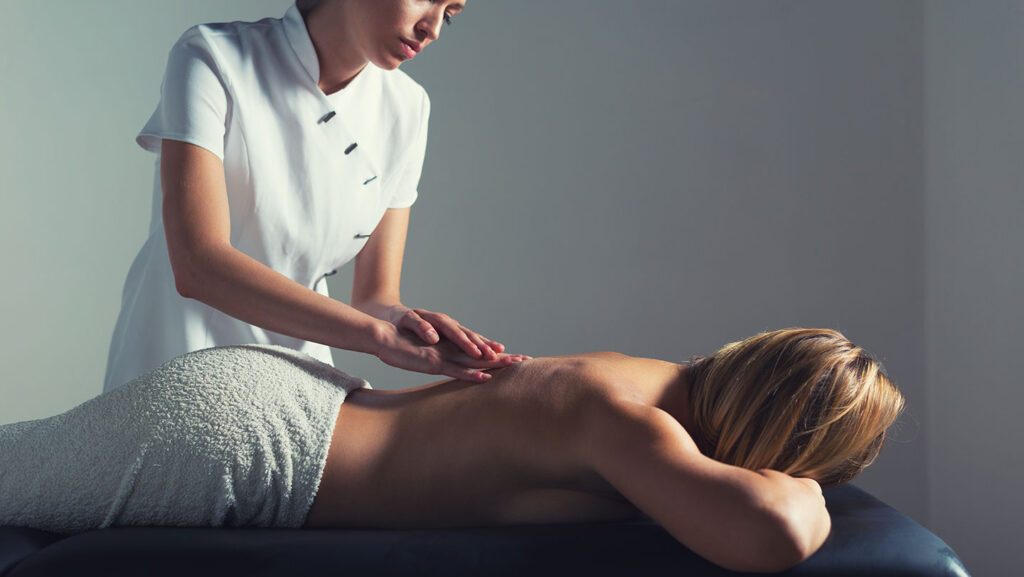
This image is property of goodspaguide.co.uk.
Who Can Benefit from Full Body Massage?
Full body massage is a versatile therapy that can benefit a wide range of individuals. Here are a few groups of people who can particularly benefit from this holistic treatment:
Athletes and Sports Enthusiasts
Active individuals, including athletes and sports enthusiasts, often put significant strain on their muscles. Full body massage can provide relief from muscle soreness, aid in recovery, and enhance performance.
People with Chronic Pain Conditions
Those suffering from chronic pain conditions, such as fibromyalgia or arthritis, can find significant relief through full body massage. The targeted manipulation and stretching of muscles help reduce inflammation, alleviate pain, and improve overall well-being.
Individuals with Stress and Anxiety
The relaxing nature of full body massage makes it an excellent choice for those experiencing stress and anxiety. The release of tension in the muscles, combined with the tranquil environment, can provide a sense of calm and promote mental relaxation.
Those Seeking Relaxation and Pampering
Even if you don’t have specific physical ailments, a full body massage can still provide immense benefits. If you are simply looking for a way to unwind, relax, and pamper yourself, a massage session can offer the perfect escape from the demands of daily life.
Recommended Frequency of Full Body Massage
The frequency of full body massage sessions depends on individual needs and preferences. Some individuals may benefit from regular maintenance massages, such as once a month or every few weeks, to promote overall well-being and prevent muscle tension build-up. Others may choose to have occasional full body massages as a treat or as a way to address specific areas of discomfort or stress. Listen to your body and consider consulting with a qualified massage therapist to determine the frequency that works best for you.
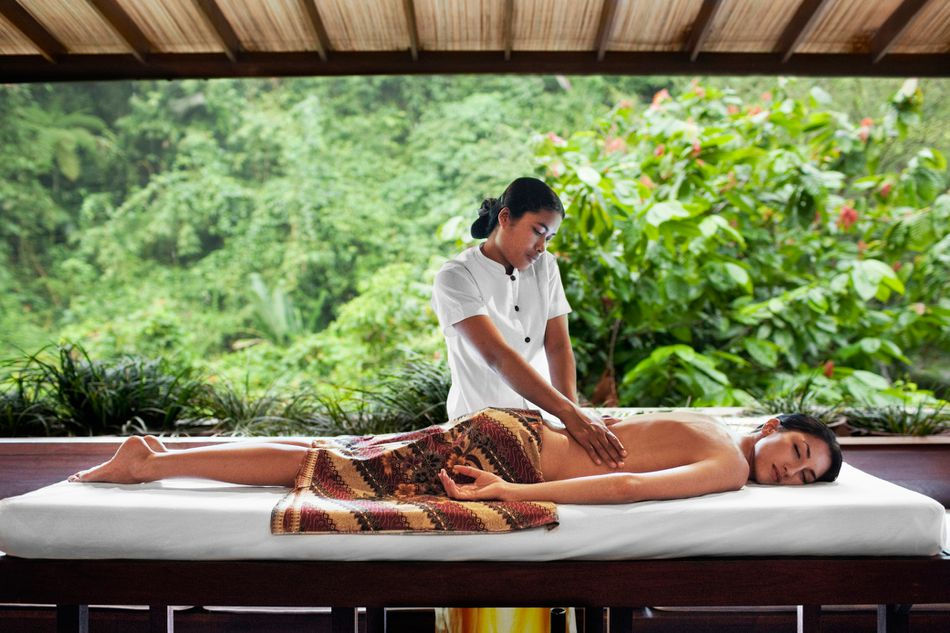
This image is property of static.wixstatic.com.
Conclusion
Full body massage offers numerous benefits for both physical and mental well-being. Whether you seek relaxation, relief from muscle tension, improved flexibility, reduced stress and anxiety, or other specific benefits, a full body massage can provide a holistic and rejuvenating experience. However, it’s important to consider potential side effects and precautions before getting a massage. By selecting a skilled massage therapist, communicating your needs and expectations, and following appropriate aftercare tips, you can fully enjoy the many advantages that come with a full body massage. So go ahead and treat yourself to the pampering and relaxation you deserve!

